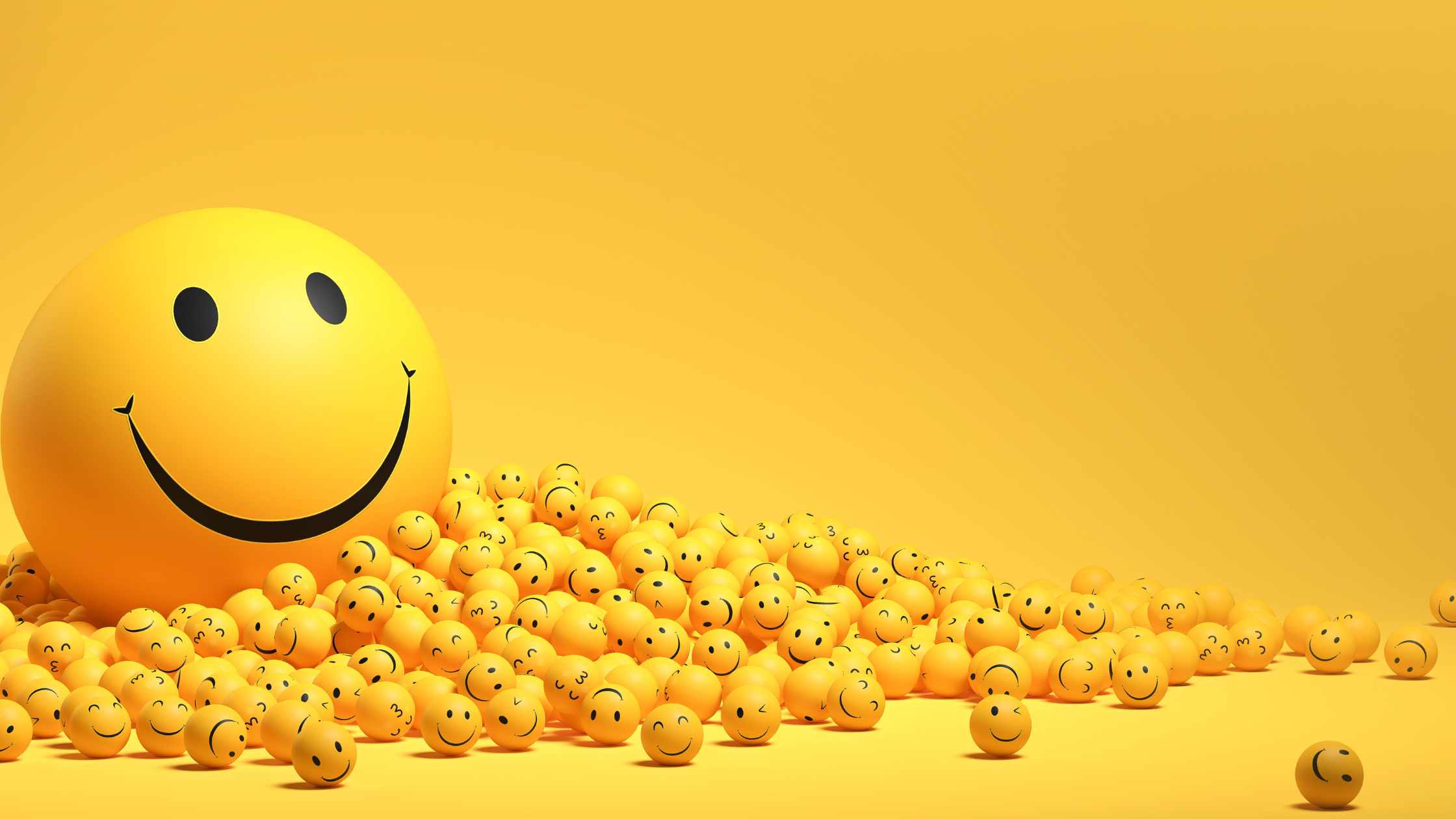I Help people sing and speak expressively and powerfully no matter the level of experience :)
HI, I'M JORGELINA
EXPAND YOUR VOCAL RANGE TODAY!
Grab today my 3 SINGING SECRETS to expand your vocal range for FREE!
GRAB IT NOW

How to Use the Emotional Scale to Feel Better Through Songs
A couple of weeks ago, I found myself having a terrible week. I don’t like feeling down, so I decided to do something about it. I turned to a technique that has always helped me when I’m feeling awful: the “Feeling Better Through Songs” technique. Well, it is a technique I developed for myself using the emotional scale I learned from the days I was really into the Law of Attraction.
So if you’re having a bad day, keep on reading because I’m just about to gift you some hope!
What is the emotional scale?
But what exactly is the emotional scale? I came across this idea years ago in a book by Esther Hicks called ‘Ask And It Is Given’.
The emotional scale is essentially a way to classify emotions based on whether they make you feel good or bad. The idea is that emotions with lower frequencies make you feel worse, while higher-frequency emotions make you feel better. As you progress up the scale, you start feeling more positive and attracting better things into your life. Personally, I use it simply to feel better on bad days.
You can easily find the emotional scale by Googling it. I also have a series of YouTube Shorts where I explore these emotions one by one, starting from the bottom, with the lower frequency emotions, and working my way up.
Working your way up to feeling great – you have the power!

To give you an example, the lowest point on the scale is vibration 20, which corresponds to shame and humiliation. We all know how awful those feelings can be. At the top of the scale, with a frequency of 700 and above, is enlightenment. The idea is to gradually work your way up to feeling better – this ‘feeling better’ starts with emotions at a frequency of around 200, such as hope and courage.
When I’m having a particularly bad day, I don’t aim for bliss. Instead, I aim to feel hope, and that’s good enough for me because it’s the point where I start feeling better. I don’t think we need to feel 100% blissful every day—it just doesn’t happen that way.
Understanding emotion as a singer
As a singer, I’ve developed a particular view of emotions. In our craft, we have to empathize with, understand, and embody emotions. I believe emotions aren’t inherently good or bad; they’re there to show us things in life and guide our actions. Emotions are meant to move through our bodies quickly, which is why they’re called “e-motions.” The problem arises when we get stuck in them. The key is to allow yourself to feel emotions without reacting to them or repressing them.
You might be wondering why we get stuck in lower emotions. It’s actually easier to get stuck in lower frequency emotions, like sadness, than it is to stay happy all the time. This is because lower frequency emotions vibrate more slowly, and our brains like to conserve energy. Higher emotions require more energy, which we don’t always have available.
How to use the emotional scale to feel better through songs

So, how can we use the emotional scale to feel better through songs? This exercise is fantastic for singers, but it’s also beneficial for other musicians. As singers, we need to develop emotional maturity because we’re not just singing notes—we’re communicating emotions. It’s crucial to identify and name the emotions you’re conveying in any given song. A song isn’t neutral; it’s full of emotion, and too many singers overlook this by just focusing on the melody. Singing is about communication, and you can’t communicate effectively if you don’t understand and empathize with the emotions behind the song.
The first step is to find the emotional scale, which I won’t copy here since it’s not my material, but you can easily Google it. I’ve also created a Spotify playlist for every single emotion on the scale, from the lowest (vibration 20, which is shame and humiliation) to the highest. The scale names about 17 to 20 emotions, so you won’t need hundreds of playlists—just 17. This is a great tool for identifying which frequency a song matches for you, and then you can add it to the corresponding playlist.
There’s no right or wrong here! For instance, if a song makes me feel shame but makes you feel anger, then it belongs in your anger playlist. When you’re feeling bad and want to feel better, the first step is to identify where you’re at emotionally. If you’re feeling angry, that’s your starting point. Anger, believe it or not, is actually quite close to hope and almost feels good compared to shame or depression.
Once you’ve identified your emotion, allow yourself to listen to songs that resonate with that feeling. The beauty of bad days is that you get to enjoy the low-frequency songs that might not resonate with you on better days. Start with the emotion you’re feeling—say, anger—and listen to songs that match that frequency. Then, when you’re ready, move on to the next step. You might wonder why not just jump to the highest frequency playlist and start feeling better right away. But it doesn’t work like that. If you’re having a horrible day and someone tries to cheer you up with overly happy energy, it doesn’t really help, does it?
We have to start feeling better gradually, moving up the emotional scale little by little. Once you get used to this process, your body will naturally guide you. The key is to accept where you are, identify it, and feel it fully. That’s where the songs come in. Allow yourself to listen to the songs that match your current emotion, cry if you need to, and move those emotions through your body. Then you’ll be ready to move on to the next emotion.
For some emotions, you might need to stay there a bit longer, and that’s perfectly fine. Your body will tell you what you need.
So then how can I listen to not-happy songs without having a negative impact?
Now, what happens when you’re having a good day? Can you listen to sad songs? Yes, but it’s a bit different. When you’re feeling super happy and powerful, especially powerful, sad songs won’t affect you as much. When you’re in a good place—feeling happy, present, and connected—you’re more protected, and lower emotions don’t have as much impact on you.
Learn to sing from a holistic and functional approach!
Join my online membership for $9/ month!
Explore our singing and voice programs for adults (Online or in person in Auckland, NZ)
Explore our singing programs for kids (Rockschool syllabus) – Auckland/ Online
Don’t miss out on our singing videos!
Subscribe to our newsletter for weekly original singing articles and videos, and to receive all the news about our latest online singing programs!
I help people to develop their voice and singing from a holistic approach. I teach vocal lessons in person in Auckland, NZ, and online. Also stay tuned for my new online singing programs!❤️
My greatest passion has always been the voice, music and energy arts.
My personal and artistic journey has led me to understand that the voice and the body are fully connected, and that includes not only the physical body but also the mental, emotional and spiritual body.
Through holistic vocal training you not only learn to become a great singer while taking care of your voice, but you also improve your mental and physical wellbeing❤️
AUCKLAND CONTEMPORARY SINGING SCHOOL - COPYRIGHT 2024 ©
leave a comment